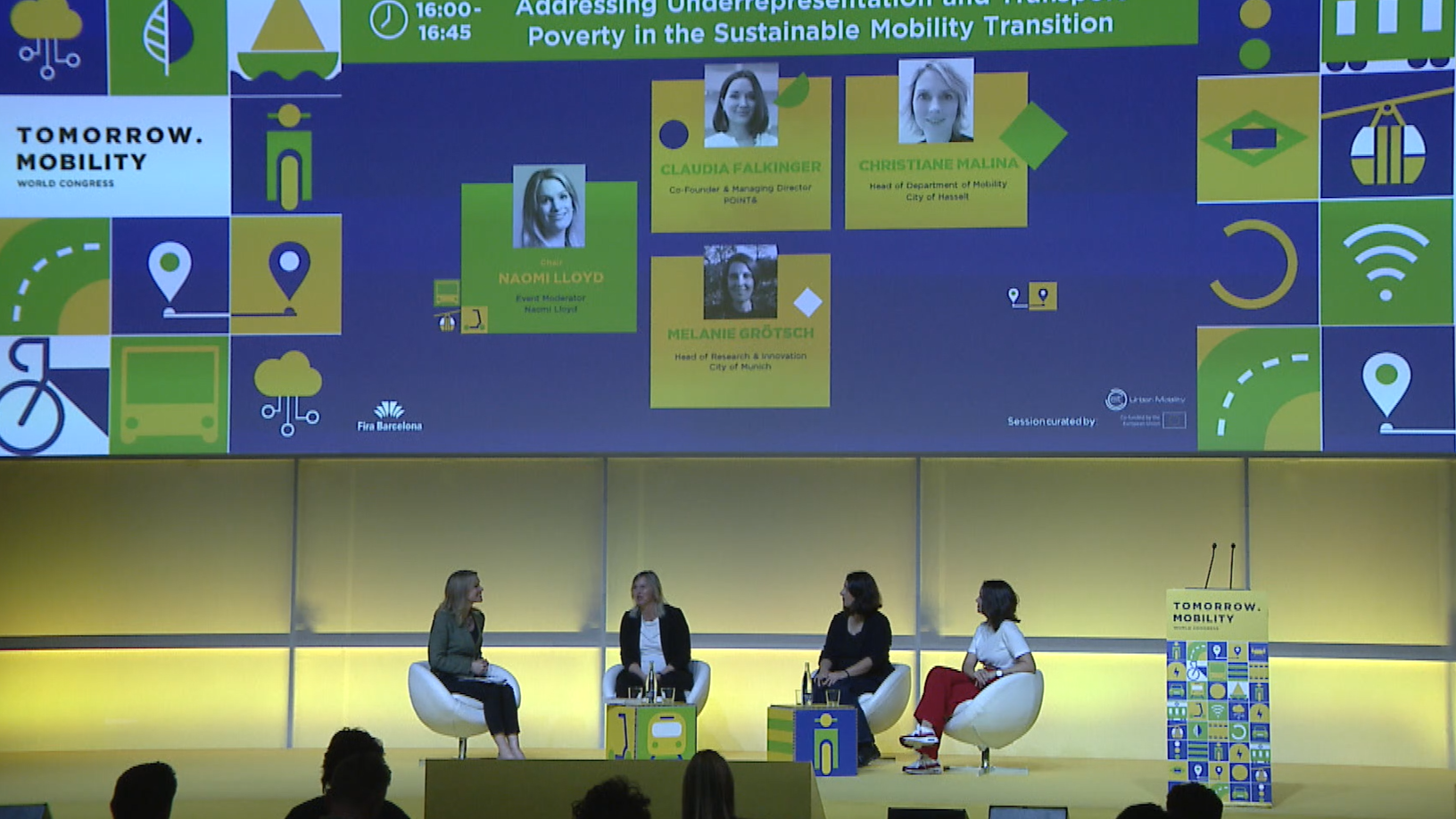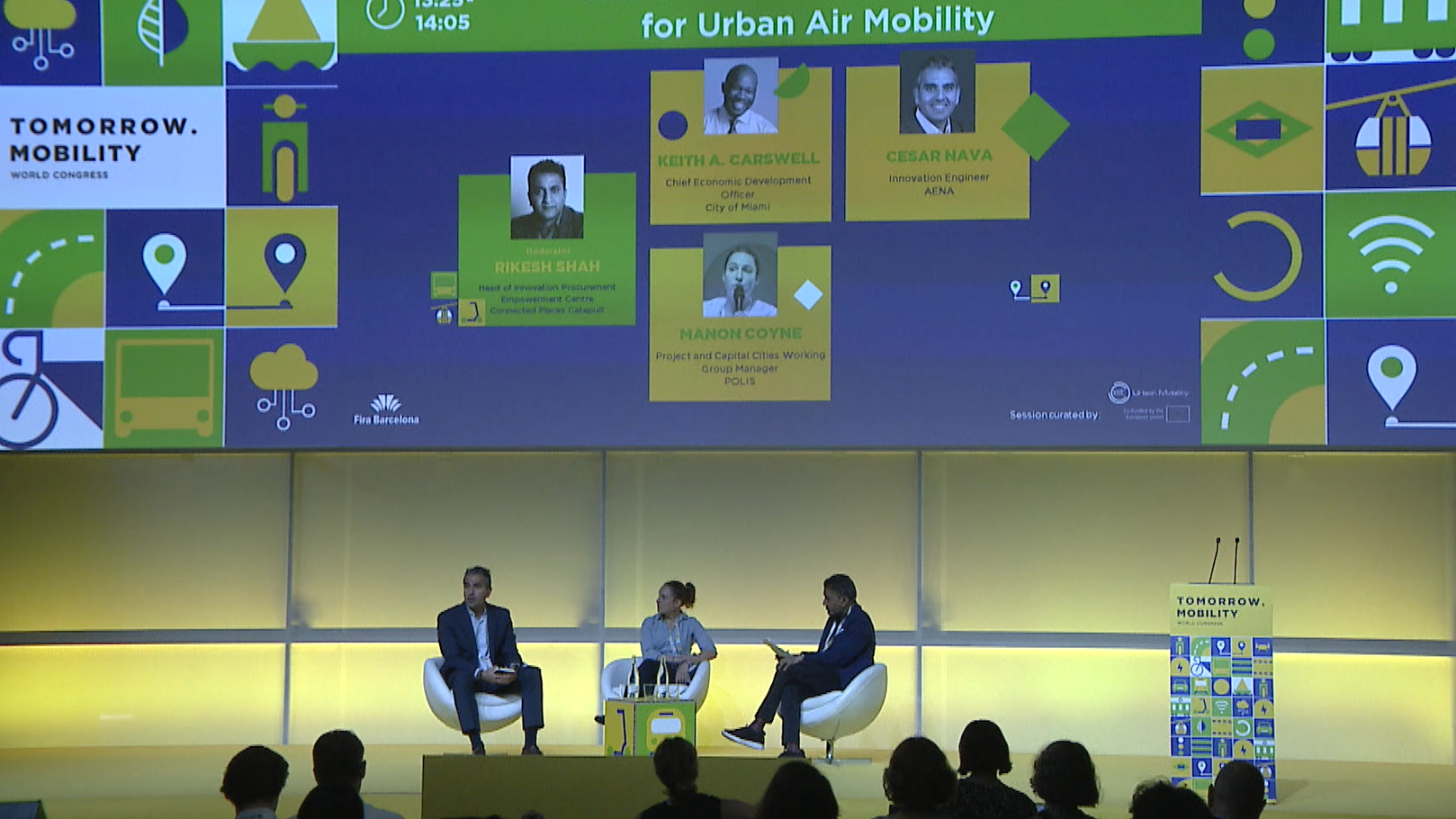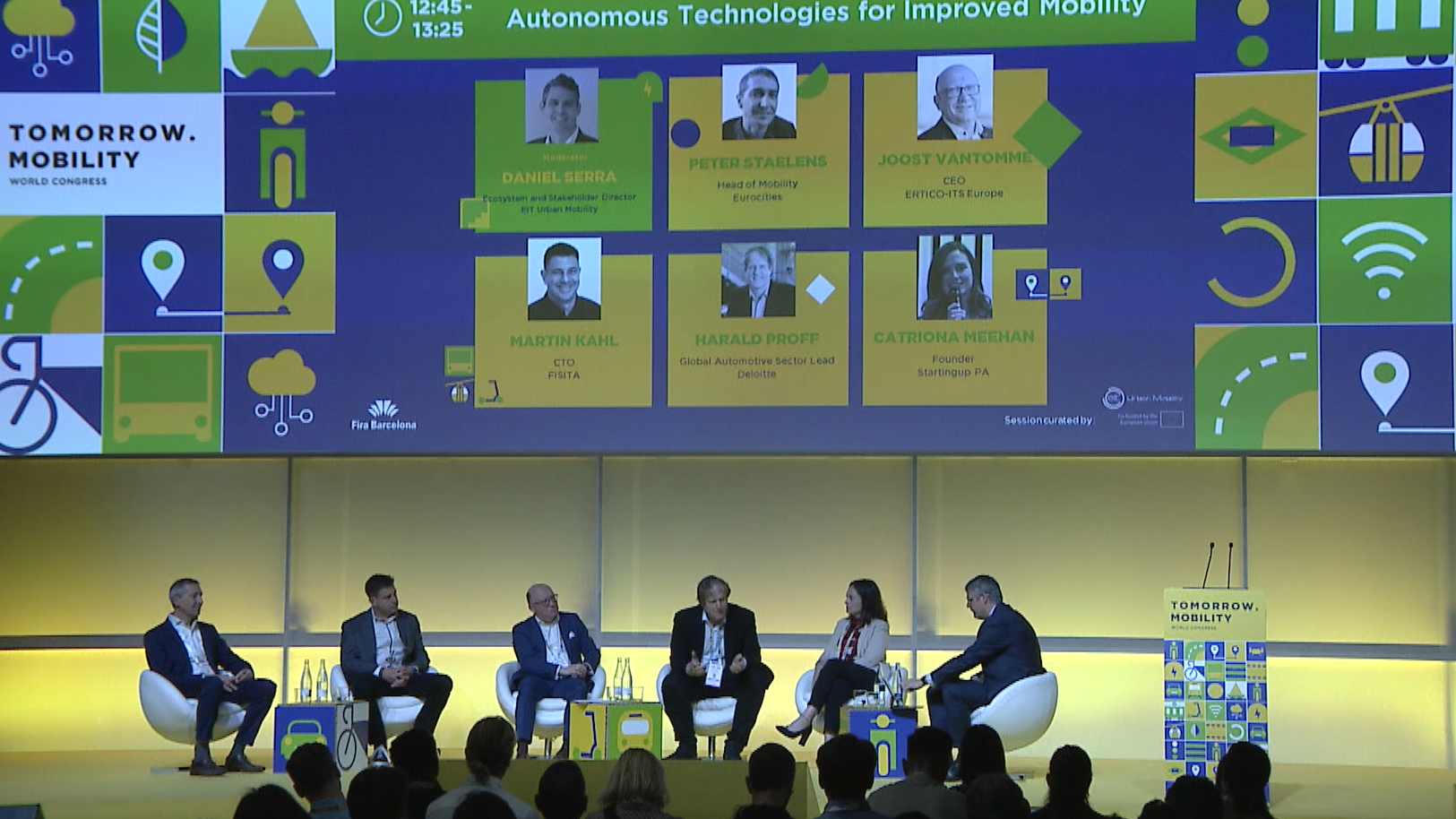Author | Elvira Esparza
The London Underground is the oldest subway system in the world. In fact, when it first opened in 1863, it operated using steam trains and the tunnels were lit by gas lamps. Often referred to by locals simply as the Underground or the Tube, today it is an extensive network of subway lines that connect various parts of London.
The initial stages of the construction of the London Underground
The inception of the London Underground stemmed from the necessity to connect the city center with its surrounding suburbs due to the significant influx of rural populations at the onset of the Industrial Revolution. The original concept revolved around establishing a network of underground passages leading to the heart of London. The initial project cost over $100 million in today’s currency.
On January 10, 1863, around 30,000 people embarked on the London Underground for the inaugural journey, traversing an initial line spanning 6 kilometers. The construction of this project took 3 years through the company Metropolitan Railway. The subway system was designed to alleviate the congestion issues plaguing the city’s streets, which were heavily populated by carts, animals, street vendors, and workers.

The concept of constructing an underground transport network was pioneered by Charles Pearson, although it encountered significant opposition from skeptics who doubted its practicality, especially considering the prevalence of steam trains during that era. However, once operational, the subway system gained widespread acceptance among the public, leading to increased support for the development of new lines in the following years.
New neighborhoods began to emerge around the underground stations, with businesses, shops, and even attractions springing up to draw in tourists. During the 1930s, 80 kilometers of underground lines were constructed, featuring trains that traversed tunnels within the city center and ran above ground in the suburban areas. The construction of the London Underground was initially undertaken by various companies, however, in 1908, they commenced collaboration under the unified brand of the Underground.
Following that, in 1933, London’s entire transportation system, including the subway network, transitioned into public ownership under London Transport. Since 2003, it has been integrated into the broader organization known as Transport for London (TfL).
Two different types of tunnels
The construction of the London Underground was intricately linked with the technological advancements of its era. As a result, it was constructed with two distinct types of tunnels, tailored to accommodate the variety of trains in operation and the situation of the city.
Cut-and-cover tunnels
This involves excavating large ditches along the line route, which are subsequently covered with brick arches to form a tunnel. The excavated material is then used to cover the tunnel, leaving the surface open. These were the first tunnels that were dug and were not very deep. In addition, to avoid demolishing buildings, tunnels were built beneath existing streets. The inaugural line connected North Paddington and King’s Cross stations with the central hub located at Farringdon.
Deep-level tunnels
When the underground system used steam trains to move, larger tunnels were required to accommodate the trains and provide space for the evacuation of smoke. However, the construction methods for tunnels shifted as electricity began to be used, and the expansion of the city made it challenging to construct cut-and-cover tunnels. James Henry Greathead developed a method for tunnel excavation using a machine known as the Greathead Shield, which enabled the creation of deep level underground tunnels. These lines, often called tubes, were excavated at different depths, allowing for the construction of tunnels beneath buildings and London’s sewage system. The first line constructed using these tunnels was the City and South London Railway, which was inaugurated in 1890. During the 1920s, 6 new lines were built.
An underground secret: The London Underground’s abandoned stations

The progression of works aimed at enhancing the underground network was interrupted by World War II, causing a delay in the construction of the Victoria Line, which was opened in the heart of London in 1968. Before the turn of the 20th century, eight operational lines facilitated communication between London’s city center and its outskirts.
The Jubilee Line was introduced in 1979, and it was further extended towards the east in 1999. It is the only one that offers interchange connections with all other underground lines. Elizabeth is the last line to be incorporated into the network and the first to prioritize accessibility.
During World War II, the London Underground served as a refuge for Londoners during air raids and bombings. Some stations were also re-purposed for secret missions: Down Street served as the headquarters of the Railway Executive Committee, overseeing the main railways of Great Britain. It was also a clandestine refuge for Prime Minister Winston Churchill during the intense bombing raids of the Blitz, and Brompton Road station became the headquarters for the anti-air command.
The evolution of the London Underground system over its long 160-year history has resulted in the presence of abandoned stations, which are now part of what is known as “hidden London” and can now be visited:
- Aldwych, which ceased operation in 1994, is used as a filming location for various movies, since it has preserved its original ticket office, lifts, and platforms.
- Baker Street preserves a section of the closed platform area, which can be visited to experience what the original platforms and lifts were like.
- Clapham South, with one mile of underground passages, served as one of the deepest public air raid shelters in London during World War II.
- Moorgate Street preserves tunnels that are no longer in use, abandoned tracks, and machinery dating back to 1904 and corridors lined with the original glass tiles.
The design of London’s map

Special mention should be given to the map of the London Underground, originally following the twists and turns of the actual track layout, it underwent a transformation to be represented by a straight line branching out to the different stations.
In 1931, Harry Beck simplified the map using straight lines and placing stations at uniform distances, rather than their actual geographic locations. This allowed users to easily gauge the number of stations remaining before their destination and to quickly identify connections between different lines. This map has served as a source of inspiration for subway maps in other cities around the world..
The London Underground in figures
- 408 kilometers of lines, 181 below ground level.
- 275 stations.
- 12 lines.
- Over 5 million passengers a day.
- More than 543 trains are in operation at peak hours.
- The fastest line operates at 40 trains per hour.
- The Central line is the longest, with 74 km.
- The District line is the one with the most stations, 60.
- The Waterloo line is the shortest with 2 stations.
Images | Félix Hanspach Pau Casals Ole Witt






















































